I’ve been musing over the labels we give books, especially labels in sales lists: ‘Gay Books’, ‘Lesbian Books’, ‘GLBT Books’. I’ve been wondering if everyone has the same understanding of these labels, exactly, and whether they are an entirely good, helpful thing, or have the potential to be negative in some way. I’d like to know what people think.
I’ve been scanning several ‘genre lists’ and in one alphabetical list ‘Gay and Lesbian’ found its place between ‘Dark Fantasy’ and ‘General Fiction’. So, I thought, when does a book become ‘Gay and Lesbian’ as opposed to ‘Dark Fantasy’? What if a ‘Dark Fantasy’ book has gay central characters? What if the story is quite general, but has a lesbian character in it? What if a bookseller decides it only just pops up when someone searches for ‘Gay’ or ‘Lesbian’ books?
I scanned the same genre list for ‘Heterosexual’ – it wasn’t there, of course. So this list could lead some to think that 31 of the 32 genres (from Action & Adventure to Young Adult) do not include gay or lesbian central characters. To be honest, if I was just starting out as a gay teen reader, I’d feel a bit fed up about that. My greedy eye would scan ‘Horror’ and ‘Erotica’ and I’d think: those look exciting, why aren’t they for me? Authors might also feel a bit fed up too – if a fair-minded writer has a strong gay character in a Dark Fantasy book, I think they’d worry if it was slotted exclusively under ‘Gay’ or ‘Fantasy’.
So, a genre list is an example of how labels can make people feel sidelined or excluded – even labels that set out to empower and guide vulnerable groups. Of course, it is essential for people to be able to locate books with GLBT characters because there are sadly so few – but do the books have to carry such an exclusive label on sales lists?
I completely agreed with Sarah Diemer’s post that more straight people should read books that contain gay characters. But will they, if we put the ‘Gay and Lesbian’ stamp on them? Let’s be honest: how many non-LGBTQ people would buy a book like Fifty Gay Lesbian Books Everybody Must Read. I hope masses do. But I’m not sure that, in reality . . .
Politically, of course, it’s important to fly the GLBTQ flag but wouldn’t it be wonderful if GLBTQ characters and themes ran powerfully through the blood of all genres. That way, everyone would get to read them and no one would feel excluded by labels. Wouldn’t it be great if the quality of masses of stories with non-heterosexual characters were so strong that ‘Heterosexual’ replaced ‘Gay and Lesbian’ on that genre list.
Perhaps that’s the point. Perhaps we need to encourage more authors to write quality literature from the perspective of a greater variety of characters – and to not worry about what genre box it will be squeezed into – so their work filters out naturally into the hands of all kinds of readers. I did attempt something along these lines when commissioning ‘Truth & Dare’ (an anthology of short stories). I wanted to gather stories with a wide variety of real-life characters, and not sideline quality or inclusivity for the sake of genre. I don’t know what genre the anthology will fall under other than YA. In fact, I challenge anyone to ‘genre’ it more specifically.
Lots of bloggers gather together lists of books of specific ‘genres’. I’ll finish with a quotation from a blogger’s own ‘gay’ booklist, called ‘The Gay Fiction Booklist That Doesn’t Suck’.
‘The sad thing about gay fiction is that there isn’t enough of it for a reader to be discerning. No matter how shoddy it is, it will end up on gay booklists just to fill up space. And if you try to leave something off because it sucks, people will assume you haven’t read it. As a result, a lot of crap ends up getting recommended on gay booklists.’
Food for thought, eh?
Liz Miles is the editor of the inclusive anthology Truth and Dare. Truth and Dare will be released tomorrow in the UK and is already available in the US.
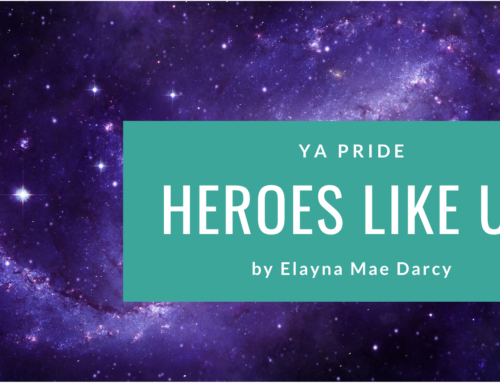
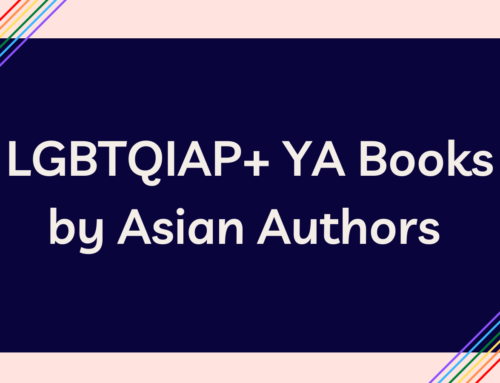
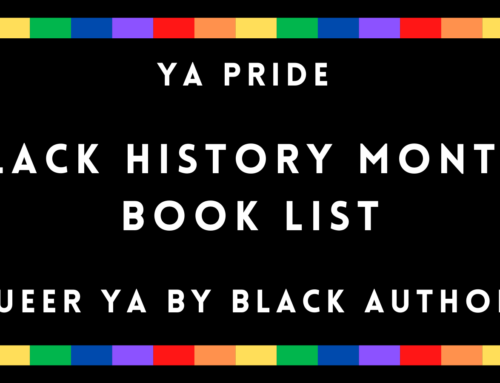
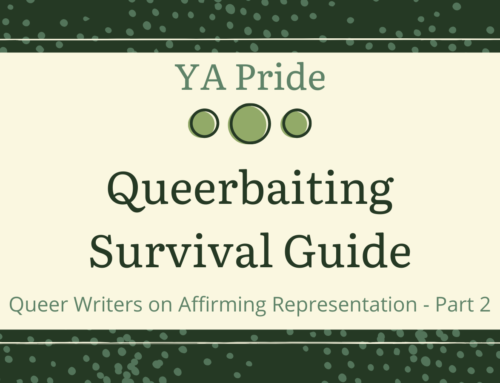
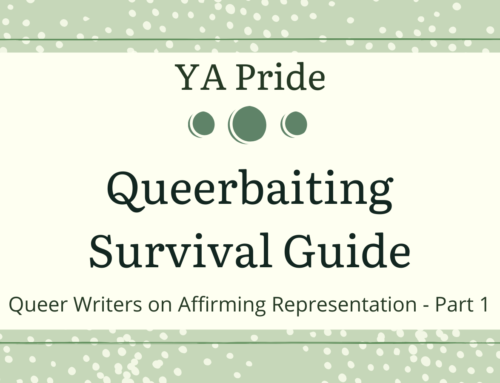
I’m a young adult librarian, and I thought about similar things as I was compiling YA booklists to put up on my library’s teen blog and print on bookmarks. I ended up making a specifically GLBT list because it’s useful to have all of these books in one list for teens who are seeking them out. I included both books with GLBT main characters and those with significant minor characters.
But I also tried to include as many as I could of the books on that list on one of my other lists as well, depending on what genre it fit – fantasy, realistic fiction, chick lit, etc. This way I can still provide a dedicated list for GLBT teens and allies who are interested in finding these books, without feeling like I’m unnecessarily ghettoizing them. That’s my solution, anyway. And I definitely agree that we need to see more quality literature from a wide range of views with a diverse group of characters.
Wow. Fantastic post, Liz. 🙂
When I was a baby writer writing gay YA books (ten years or more ago, now!), I had no idea where they could be put. I assumed that I would be relegated alone to the GLBT section. In ten years, the leap has been made to main characters in YA fiction, not JUST relegated to the GLBT section, but actually out in the regular YA section! I know it seems so silly to be so excited about it, but I remember a time where this was a far off fantasy. So, yeah, year over year, I think it’s getting better. 🙂
As a lesbian writer, for me there’s a certain amount of empowerment about saying my book is lesbian, and actually out there being read by straight people. It’s reaffirming to me that I, myself, am no longer relegated to this tiny, obscure section and my book doesn’t have to be, either.
I look forward to the day where we don’t have to make any sort of mention on a book on whether the romance is gay, straight, bi, what have you. I’m thinking…another ten years? I have high hopes. 🙂
Again, fantastic, fantastic post!!
Kristi, above, addressed several of my initial thoughts. I’m a youth librarian, too, and I maintain our LGBTQ suggested reading list as well as making sure that our library offers consistent subject headings for books with significant LGBTQ content (“gay youth,” “lesbian youth,” etc.) to make them easier to find in the catalog.
I think offering these tools is crucial to help readers with a particular interest in LGBTQ content find these books. But also, as Kristi said, our other genre reading lists include LGBTQ books. Not many… because there aren’t that many truly excellent queer “genre” books yet… but some.
The main danger, in my opinion, is to take the view that a book can only be one genre or another. In a library catalog, a book can receive as many relevant subject headings as you care to add. A book can be placed on as many reading lists as you like. And a book can be shelved in multiple places, whether in a library or a bookstore.
I tend to disagree with Sarah, above, about “looking forward to the day where we don’t have to make any sort of mention on a book on whether the romance is gay, straight, bi, what have you.” Perhaps I’m misunderstanding, but my feeling is that LGBTQ readers will continue to seek out stories that reflect their experience. Even as the stigma of being queer shrinks (may this trend continue), the straight experience, by virtue of sheer numbers, will always dominate in our culture. So while characters’ orientations will hopefully become increasingly irrelevant to straight readers, I think they will remain important to queer readers.
I tend to disagree with Sarah, above, about “looking forward to the day where we don’t have to make any sort of mention on a book on whether the romance is gay, straight, bi, what have you.” Perhaps I’m misunderstanding, but my feeling is that LGBTQ readers will continue to seek out stories that reflect their experience. Even as the stigma of being queer shrinks (may this trend continue), the straight experience, by virtue of sheer numbers, will always dominate in our culture. So while characters’ orientations will hopefully become increasingly irrelevant to straight readers, I think they will remain important to queer readers.
I agree–we always will! What I was referring to is having to plainly state on the back of the book that the book is gay. Malinda Lo received SUCH backlash because her book, ASH, did not openly state on the back that it was gay, and countless readers ridiculed her, because they went into it thinking it was straight like most of the other books in the YA section. I’m looking forward to the time when that’s not going to be an issue. 🙂
Ahhh… Yes, I am totally with you on this. I also cringe when I hear about youth librarians not buying “gay” books because they are afraid of backlash from the community.
You raise some interesting points. I often find that there are far more books with male homosexual couples than female homosexual couples, and that the amount of badly written literature centering on homosexual relationships is astounding. A good homosexual love story is hard to find.
As for the classing of genres, I’ve read several books that weren’t classed as “GLBT” or “Gay” but had either main, or major characters that were homosexual, or bisexual. As these were all sci-fi/fantasy books, their main plot lines weren’t about love or relationships, however, there was a fair amount of time and detail dedicated to feelings and emotions, both in the heterosexual and homosexual couples, (which was good as it added depth)
Which means that the books were classed by the main intention of the author, being an adventure in these cases, rather than the sexual orientation of the characters.
I think this is probably the best method, so if an author is specifically writing a book about the “coming-out” process, or the difficulties of being a homosexual/bisexual etc. in some societies or anything else solely related to GLBT, then it should be classed as that, so that people know where to find it.
However, if a book happens to have a protagonist or main character that is homosexual etc. but the main storyline revolves around a mystery or investigator, then it should be classed as “Mystery” or “Mystery Fiction”
If it’s a love story that involves a homosexual/bisexual etc. couple then it becomes slightly more difficult to classify, but, in my opinion, maybe under the romance, or “young adult romance” or “teen romance” etc genres, there should be a subheading of “GLBT romance” Then, it’s still easy to find, without being completely segregated.